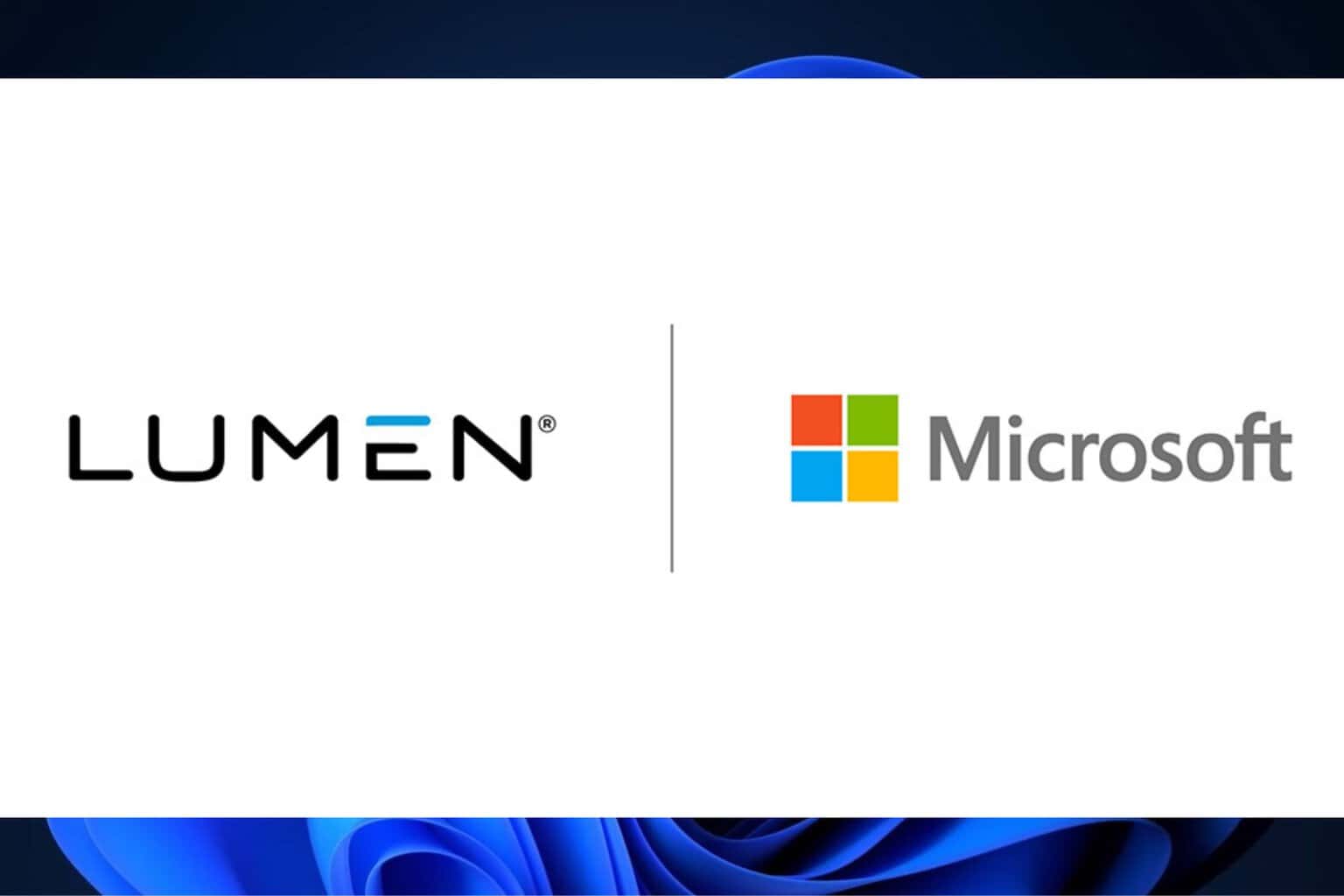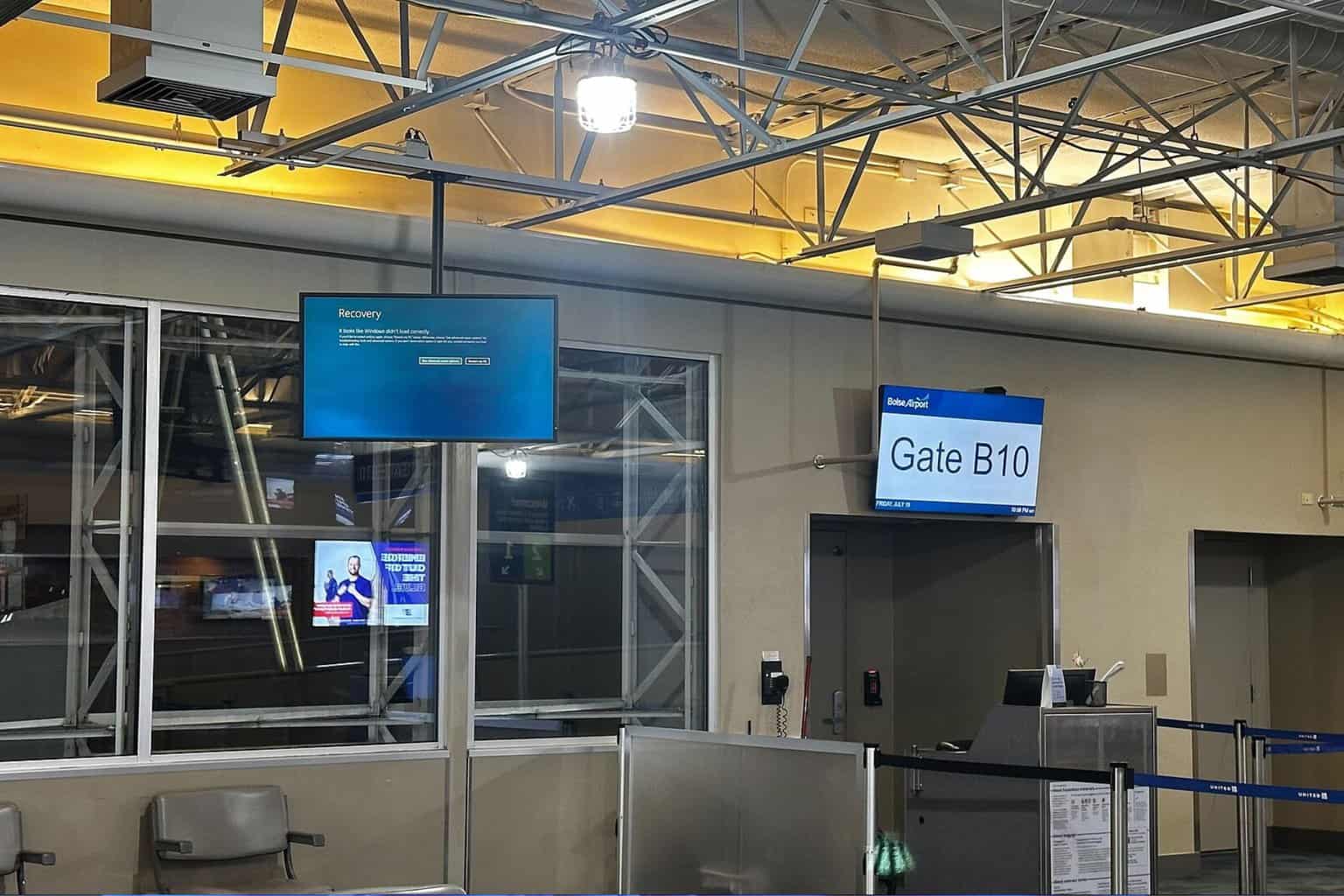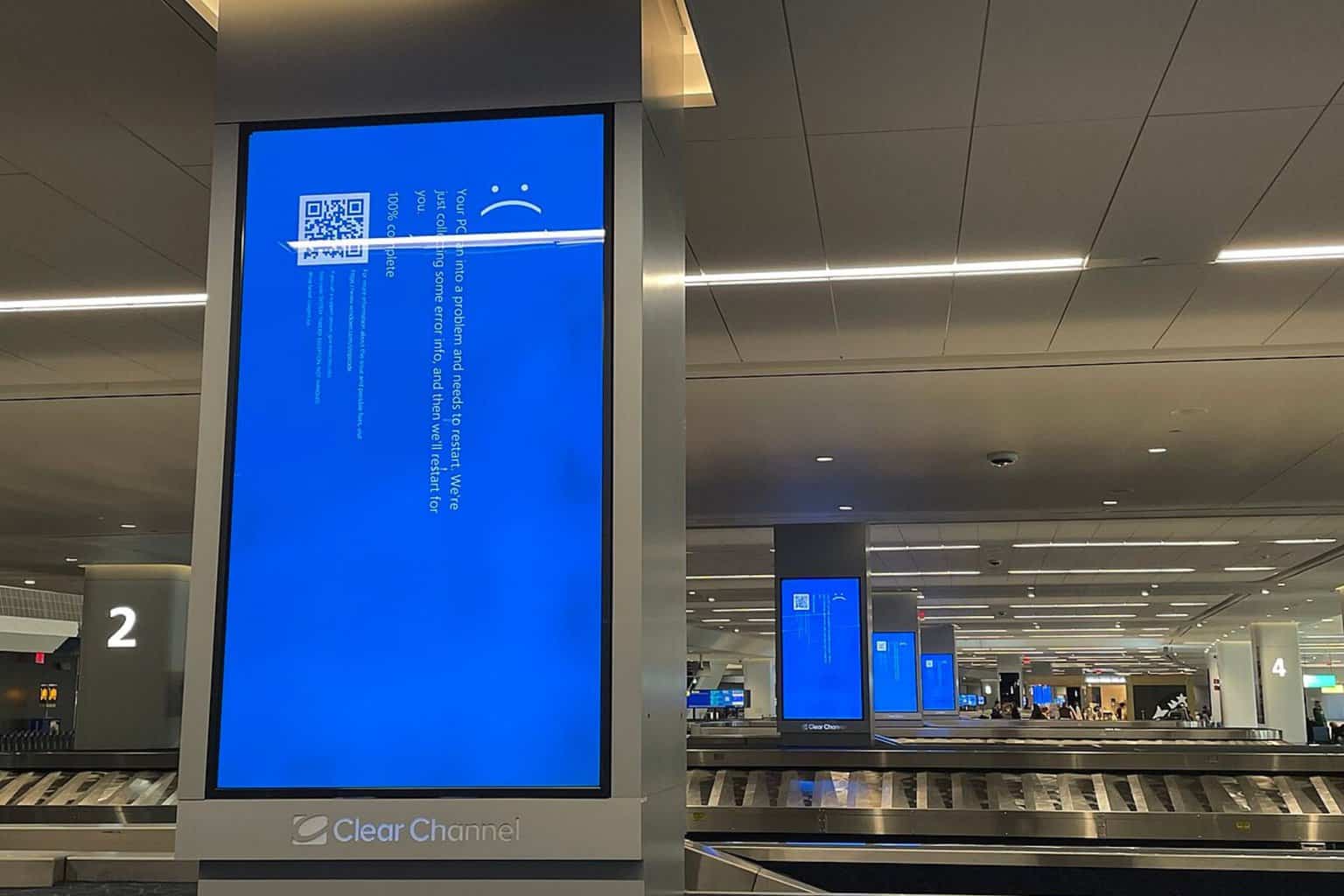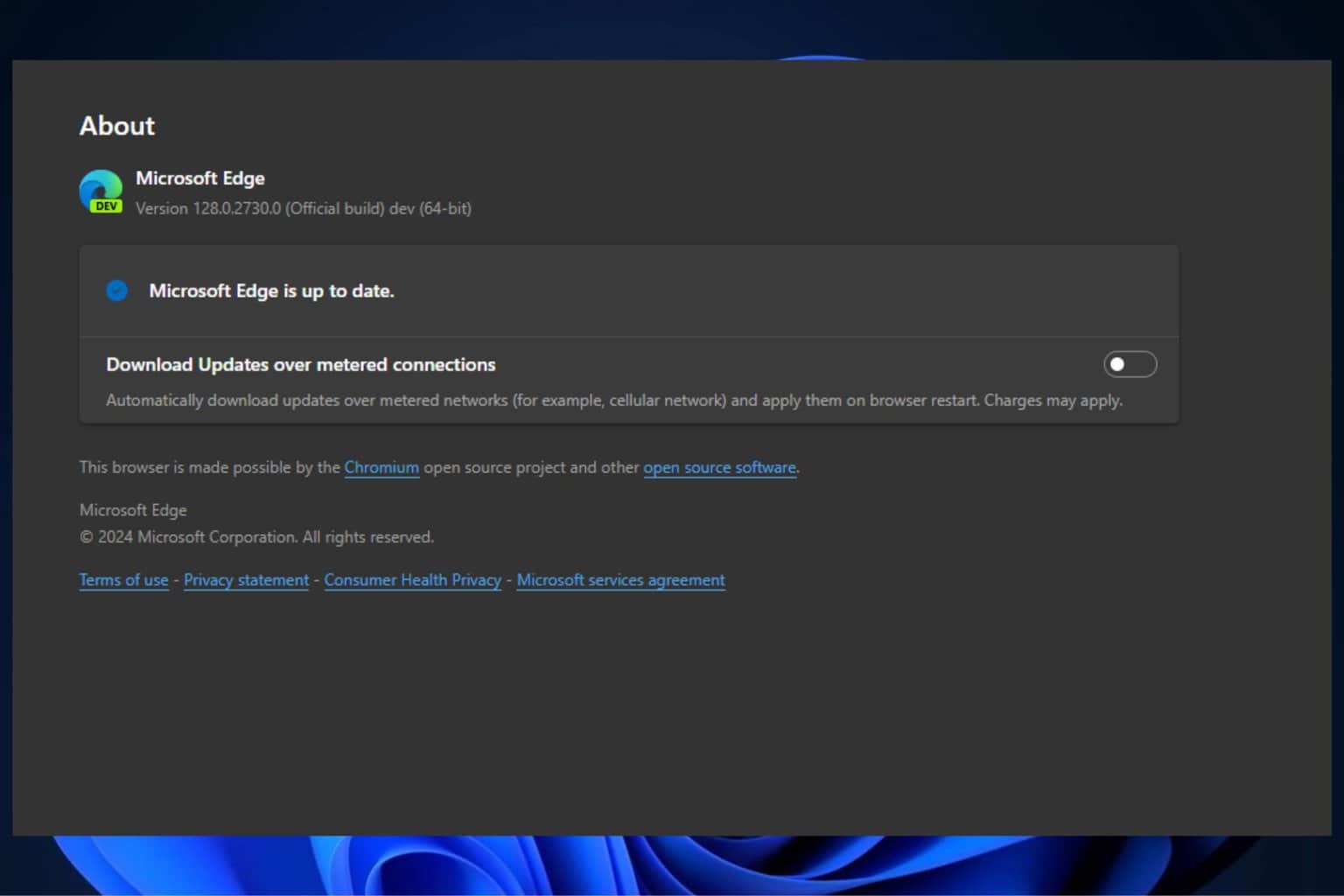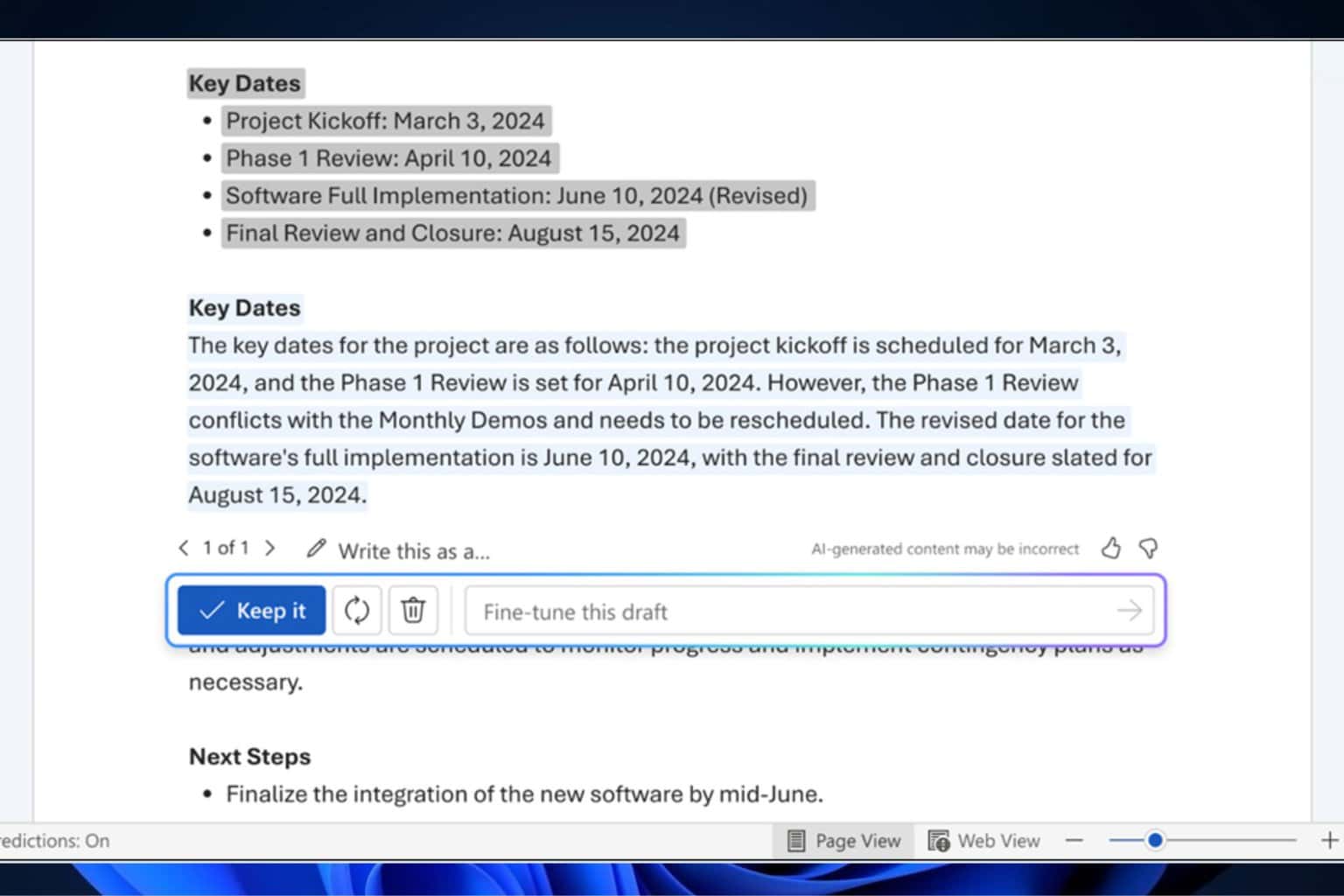Microsoft removes phone APIs from next major Windows 10 update
2 min. read
Published on
Read our disclosure page to find out how can you help Windows Report sustain the editorial team Read more
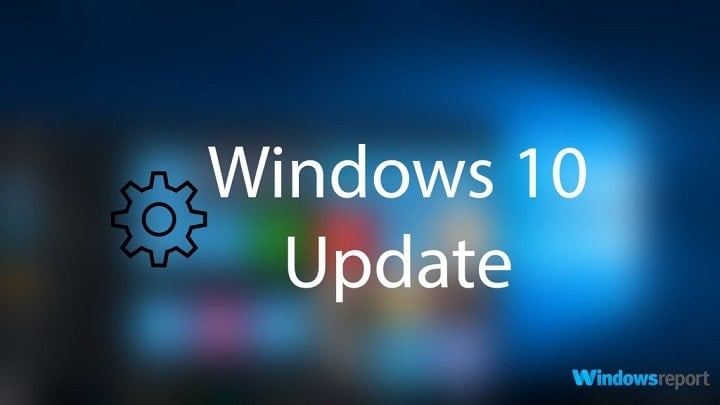
The vision of a unified Windows 10 operating system running on phones and PCs was eliminated once and for all with the latest Insider version of the Windows 10 Fall Creators Update.
During Build 2017, Microsoft announced the launch date for the next major update for Windows 10 for some time in September. Microsoft’s focus and interests now revolve around bringing Win32 apps to the Store and on getting more services to iOS and Android. These goals make it pretty clear that Windows 10 Mobile and phone-styled devices are not part of the company’s plans anymore, especially if we consider that Joe Belfiore himself said that phones will continue receiving support instead of continuing to be developed.
It looks like even if Microsoft will finally bring the Windows 10 on ARM, we won’t be seeing these devices support making calls. In other words, users will need another Android or iOS device. Considering Microsoft’s plans to increase support, this wouldn’t be the worst news for fans.
Windows 10 Creators Update vs. Windows 10 Fall Creators Update
If we compare the pre-Fall Creators Update version of the operating system with the post-Fall Creators Update one, we see that Microsoft has added various APIs regarding cellular data connectivity, but at the same time, the company removed APIs that dealt with phone calls including the following: call blocking, voice mail, phone call origin, phone line, and more.
The public enum Windows.ApplicationModel.AppService.AppServiceCallerCapabilityStatus currently is defaulting to:
- HasCapability = 0
- DoesNotHaveCapability = 1
- CapabilityStatusUnavailable = 2
RELATED STORIES TO CHECK OUT:
- Windows 10 Fall Creators Update will make Edge faster
- The Windows 10 Fall Creators Update will bring a brand-new user interface
- Microsoft will release two Windows 10 updates every year

